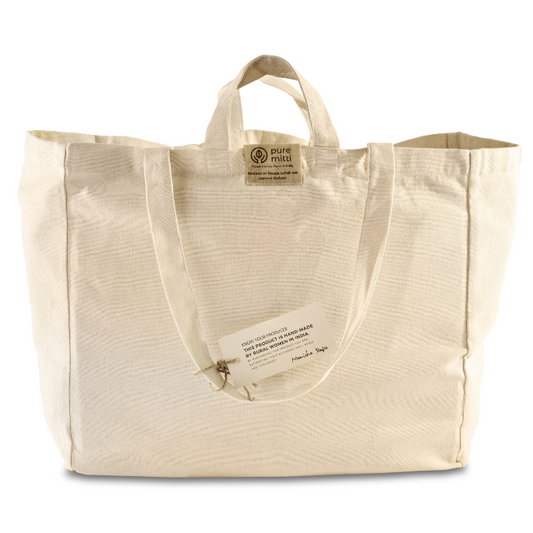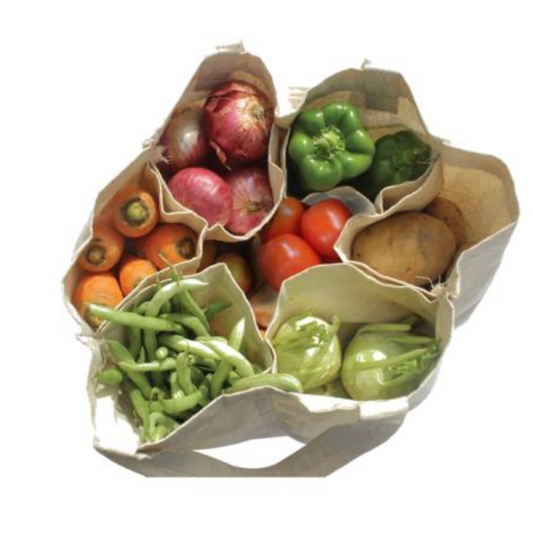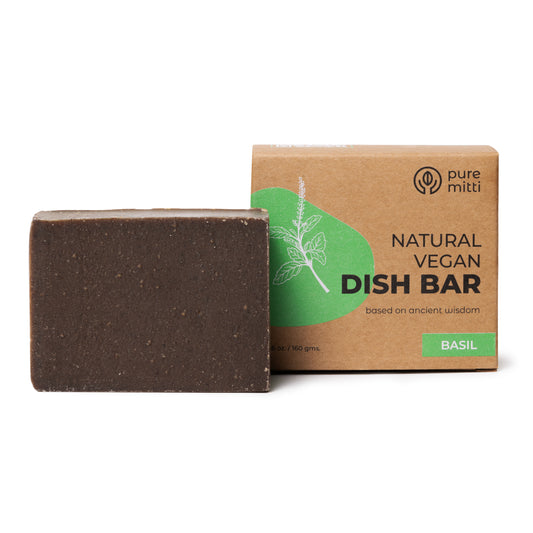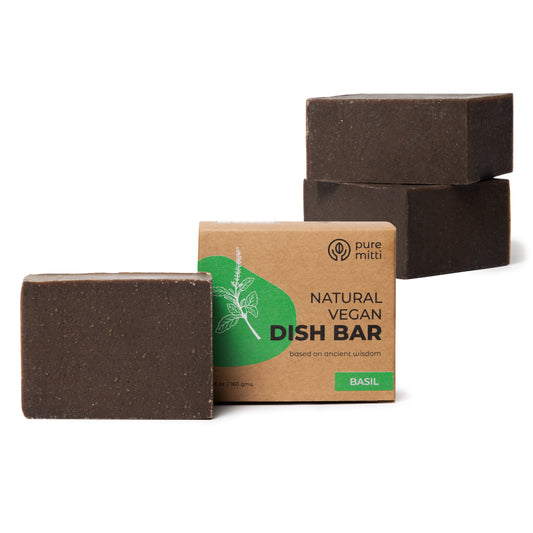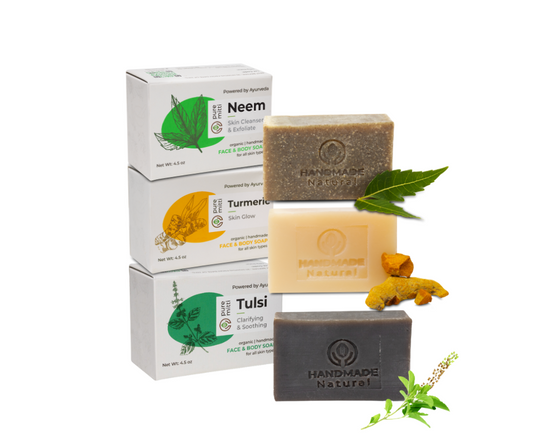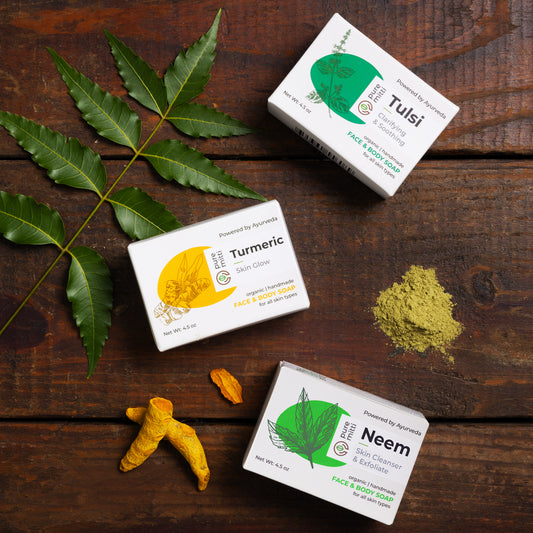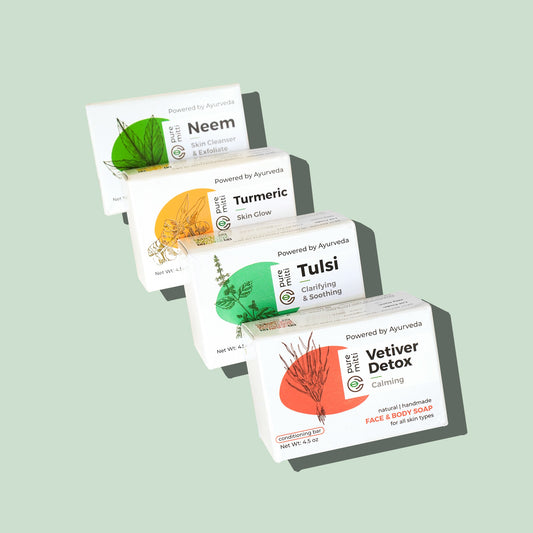These beautiful Kalamkari prints are created only on pure cotton fabric with hand-carved wooden blocks. The blocks are designed by artisans first on paper, and then later transferred and carved by hand into the final printing block(s). Creating a kalamkari fabric requires 17 careful stages from preparing the cloth to the final washing after which it’ll be ready for use.
The fabric is prepared for the printing process by first treating it in a mixture of water and cow-dung in order to naturally bleach the fabric and remove the starches present in the raw cotton and then it is washed in the running water of a river. After the fabric is laid out in an open field and dried in the sun it becomes ready for the the next step. The dried fabric is treated with a solution of myrobalam (natural seeds from a tree) and buffalo milk. The fabric is dipped in the solution for a couple of hours squeezed and then dried. Myrobalam not only sets the base off-white tone of the fabric it also acts as a natural mordant or fixative for the dyes to adhere to when they are applied later; and the fat in the milk helps to control the spreading of the dye on the cloth.

The fabric is dried in the open air again and finally becomes ready for the first round of printing.
Typically the outline is laid down first and is most often in black or red. Depending on the designers choice of colors, the fabric could be printed in red, blue, yellow, green or black.

Whichever color is used for the outline, the printed fabric is taken back out to the river to wash out the excess dye and then dried in the sun.

Now the fabric is ready for printing after several washes.


